The modern world operates at a breakneck pace, leaving many individuals burning the midnight oil to meet deadlines, binge-watch shows, or simply scroll through social media. While pulling an all-nighter might seem like a badge of honor in some circles, the toll it takes on the body is undeniable. Sleep deprivation disrupts cognitive function, weakens the immune system, and even impacts emotional stability. This raises the question: can we truly "catch up" on lost sleep, and if so, when is the best time to do it?
Contrary to popular belief, sleep isn’t a commodity that can be stockpiled or repaid like a debt. The body follows a delicate circadian rhythm, an internal clock that regulates not just sleep but also hormone production, digestion, and cellular repair. When we disrupt this rhythm by staying awake through the night, the consequences ripple through our physiology. While a single all-nighter won’t cause irreversible damage, chronic sleep deprivation leads to a phenomenon known as "sleep debt," where the body accumulates a deficit that can’t be erased with a single marathon nap.
The concept of "sleep recovery" is nuanced. Research suggests that while we can’t fully reverse the effects of lost sleep, strategic napping and extended rest periods can mitigate some of the damage. The timing of these recovery sessions plays a crucial role. For instance, a study published in the Journal of Sleep Research found that individuals who napped between 1 PM and 3 PM experienced significantly improved alertness and cognitive performance compared to those who napped later in the evening. This aligns with the body’s natural dip in energy levels during the early afternoon, often referred to as the "post-lunch slump."
Another critical factor is the duration of the recovery sleep. A 20-minute power nap can boost alertness without causing sleep inertia—that groggy feeling upon waking. However, longer naps of 60 to 90 minutes allow the brain to complete a full sleep cycle, including REM sleep, which is essential for memory consolidation and emotional regulation. The downside? Waking up mid-cycle can leave you feeling worse than before. For those who’ve pulled an all-nighter, a full night’s sleep followed by a short nap the next day appears to be the most effective recovery strategy.
Light exposure is another piece of the puzzle. Our circadian rhythms are heavily influenced by light, particularly blue light from screens. After a sleepless night, it’s tempting to crawl into a dark room and sleep the day away. However, this can further disrupt the body’s internal clock. Experts recommend exposing yourself to natural sunlight in the morning, even after minimal sleep, to help reset your circadian rhythm. Conversely, avoiding bright lights and screens before a recovery nap can improve sleep quality.
The relationship between sleep and diet is often overlooked in discussions about recovery. Heavy meals or excessive caffeine can interfere with the body’s ability to enter restorative sleep stages. On the other hand, foods rich in tryptophan, magnesium, and melatonin—such as turkey, almonds, and cherries—can promote better sleep quality. Hydration also plays a role; dehydration exacerbates fatigue, making it harder for the body to recover from sleep deprivation.
One of the most pervasive myths about sleep recovery is that sleeping in on weekends can compensate for weekday sleep deprivation. While this approach might provide temporary relief, it creates a phenomenon known as "social jet lag," where the body’s internal clock is constantly shifting. Over time, this inconsistency can lead to metabolic disorders, mood swings, and even an increased risk of cardiovascular disease. Instead of banking on weekend sleep marathons, experts advocate for a consistent sleep schedule, even if it means occasionally cutting the night short.
Age also influences how we recover from lost sleep. Teenagers and young adults, for instance, require more sleep than older adults and are better equipped to bounce back from occasional all-nighters. As we age, our sleep architecture changes—deep sleep becomes more fragmented, and the body produces less melatonin. This means older individuals might need to adjust their recovery strategies, opting for shorter, more frequent naps rather than extended sleep sessions.
Technology has introduced a new layer of complexity to sleep recovery. Sleep trackers and smartwatches promise to optimize our rest by monitoring sleep stages and providing personalized recommendations. While these tools can offer valuable insights, they can also fuel anxiety about sleep perfection. Paradoxically, obsessing over sleep metrics can lead to poorer sleep quality, creating a vicious cycle. Instead of fixating on data, listening to your body’s signals—like yawning, heavy eyelids, or difficulty concentrating—can be a more reliable guide for when to rest.
Ultimately, the best way to recover from a sleepless night depends on individual factors like age, lifestyle, and overall health. While strategic napping and light exposure can help, nothing replaces consistent, high-quality sleep. The occasional all-nighter might be unavoidable, but making it a habit guarantees diminishing returns. As the old adage goes, "Sleep is the best meditation"—and in our hyper-connected world, it might just be the ultimate act of self-care.

By /Aug 7, 2025
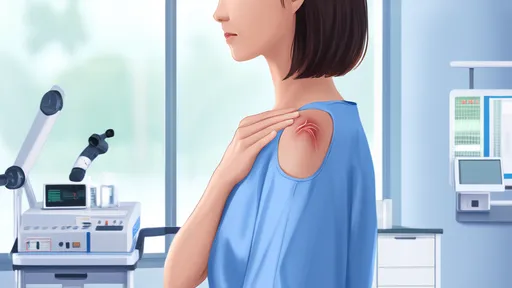
By /Aug 6, 2025
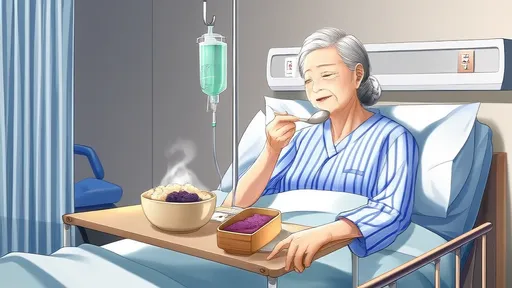
By /Aug 6, 2025
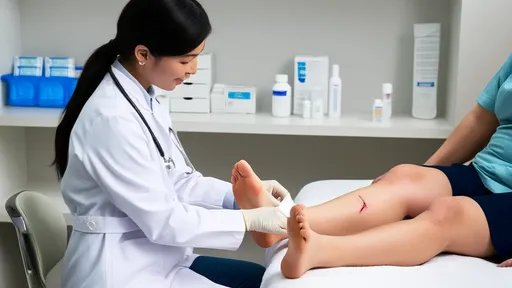
By /Aug 6, 2025

By /Aug 6, 2025

By /Aug 6, 2025

By /Aug 6, 2025

By /Aug 6, 2025

By /Aug 6, 2025

By /Aug 6, 2025

By /Aug 6, 2025

By /Aug 6, 2025
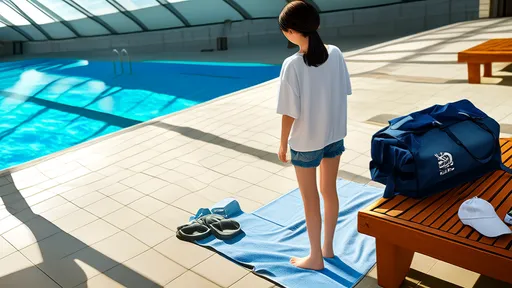
By /Aug 6, 2025
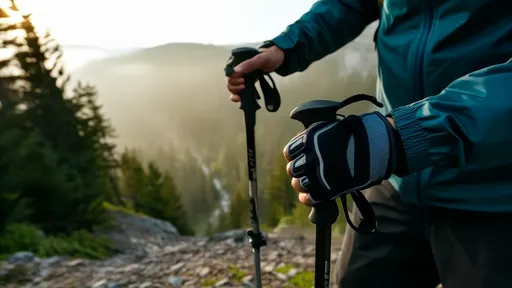
By /Aug 6, 2025

By /Aug 6, 2025
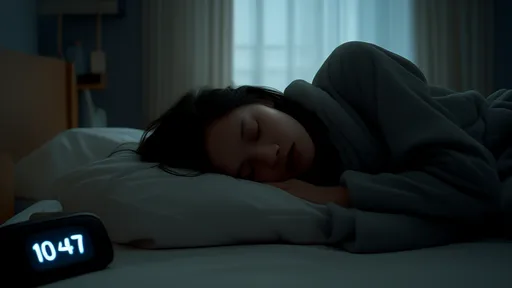
By /Aug 6, 2025

By /Aug 6, 2025

By /Aug 6, 2025

By /Aug 6, 2025

By /Aug 6, 2025